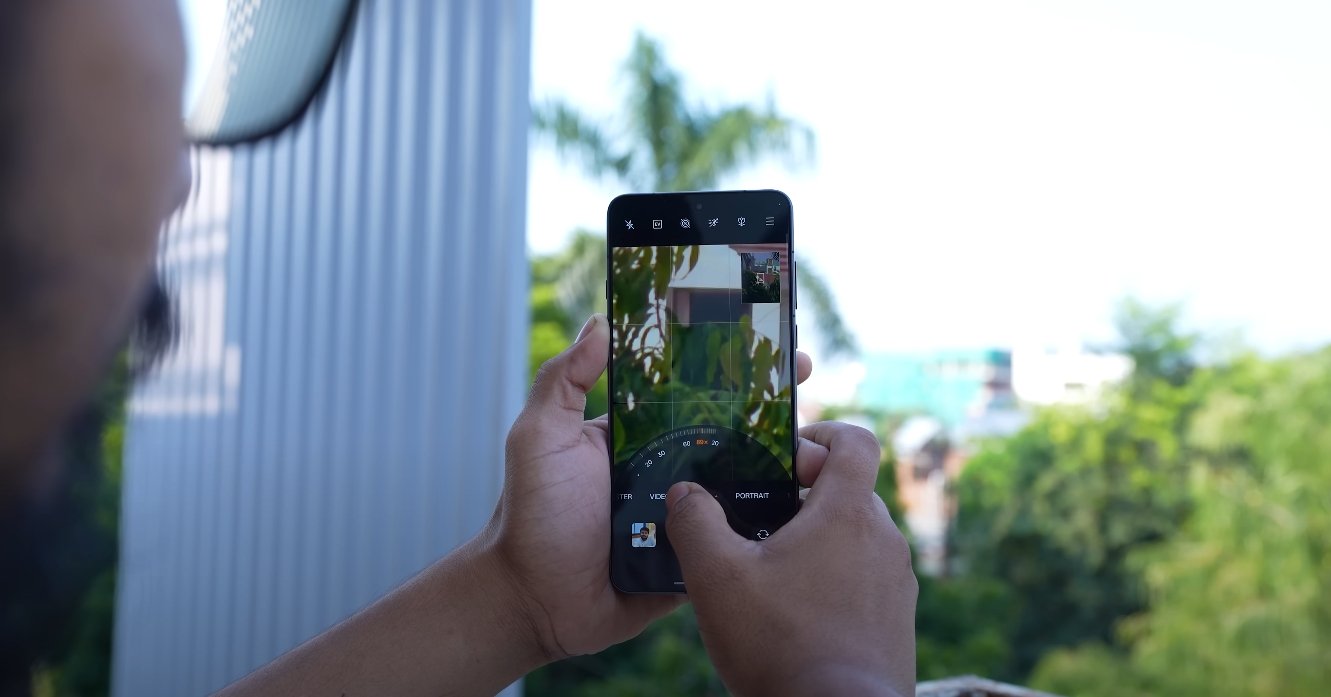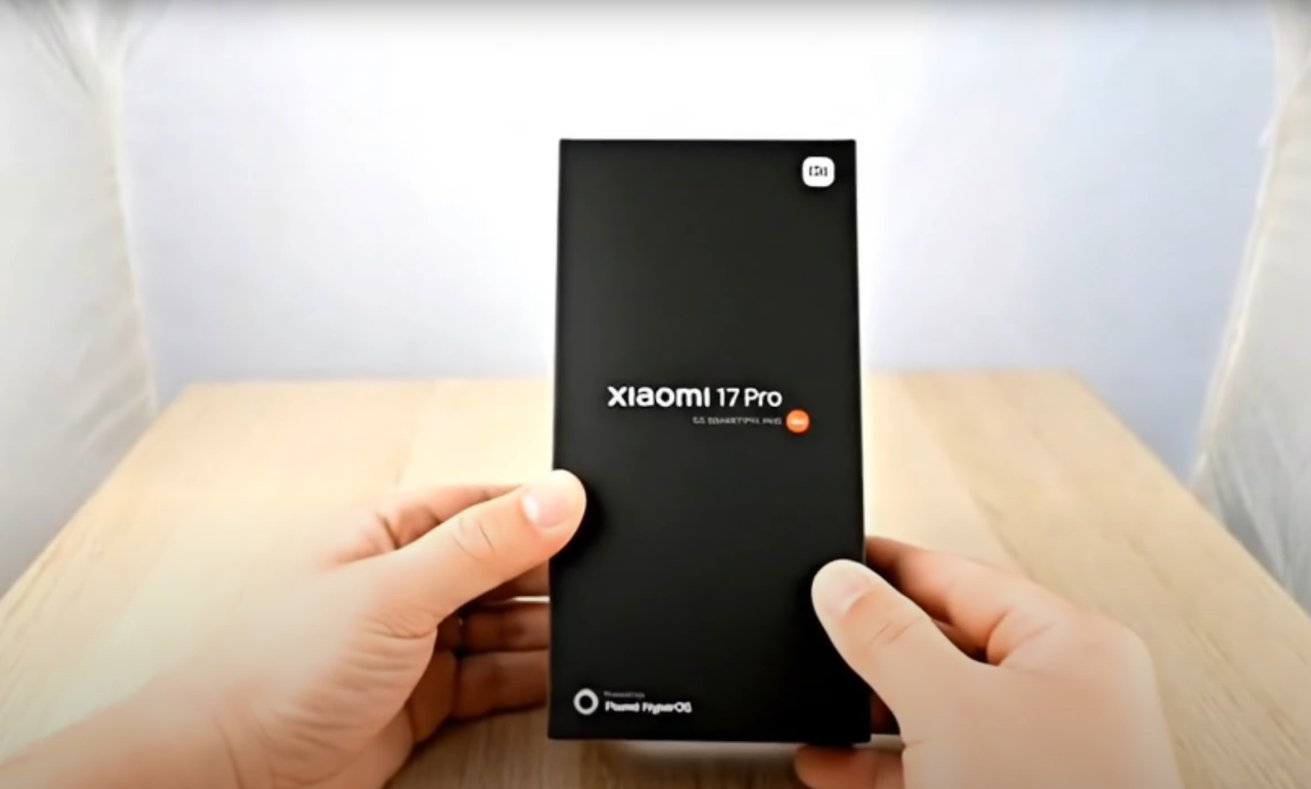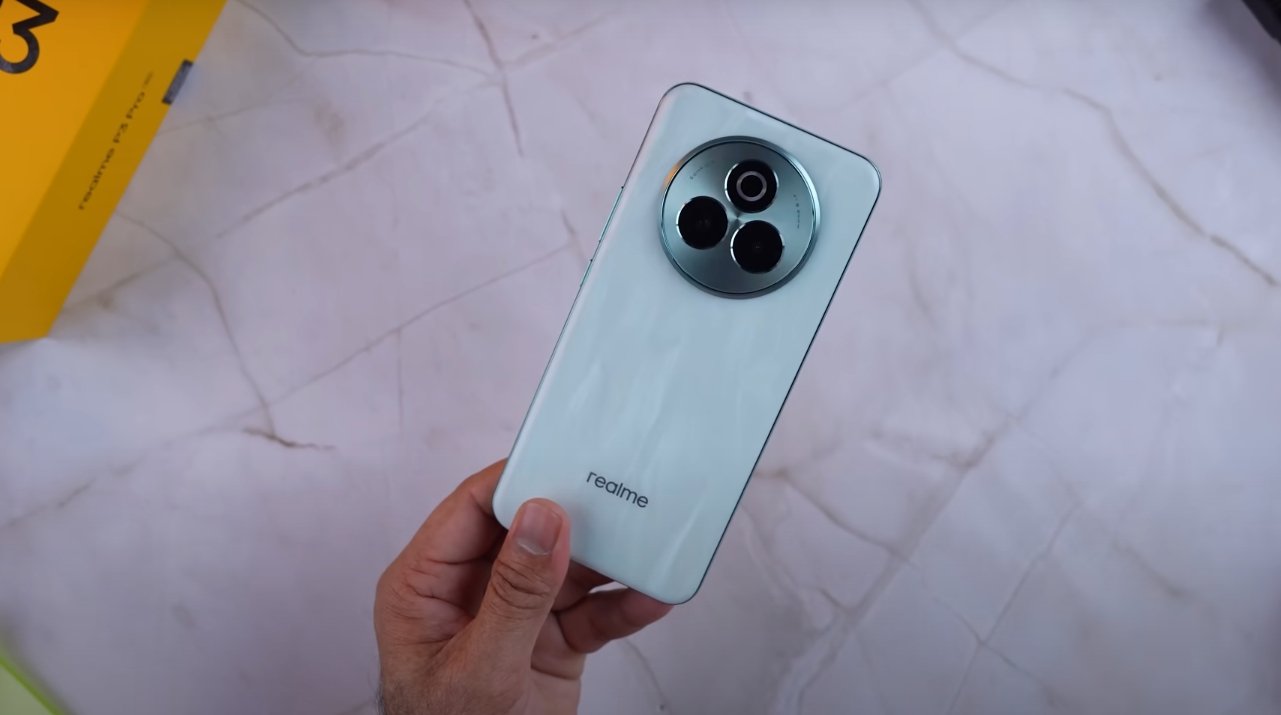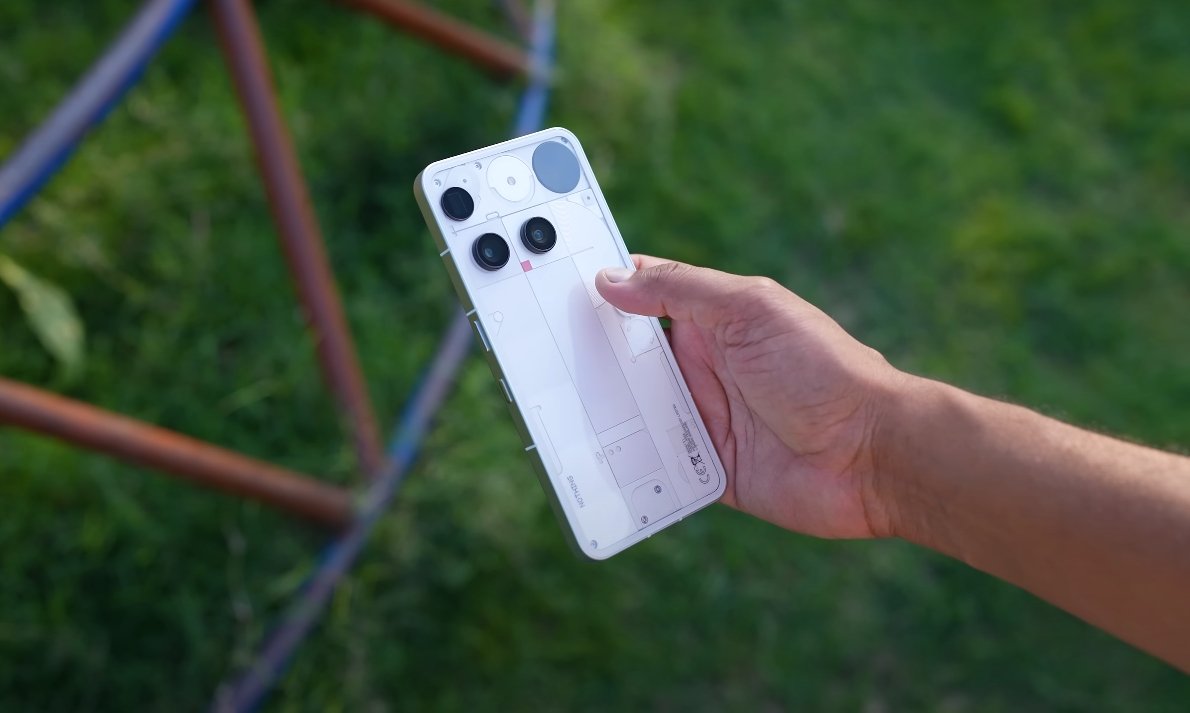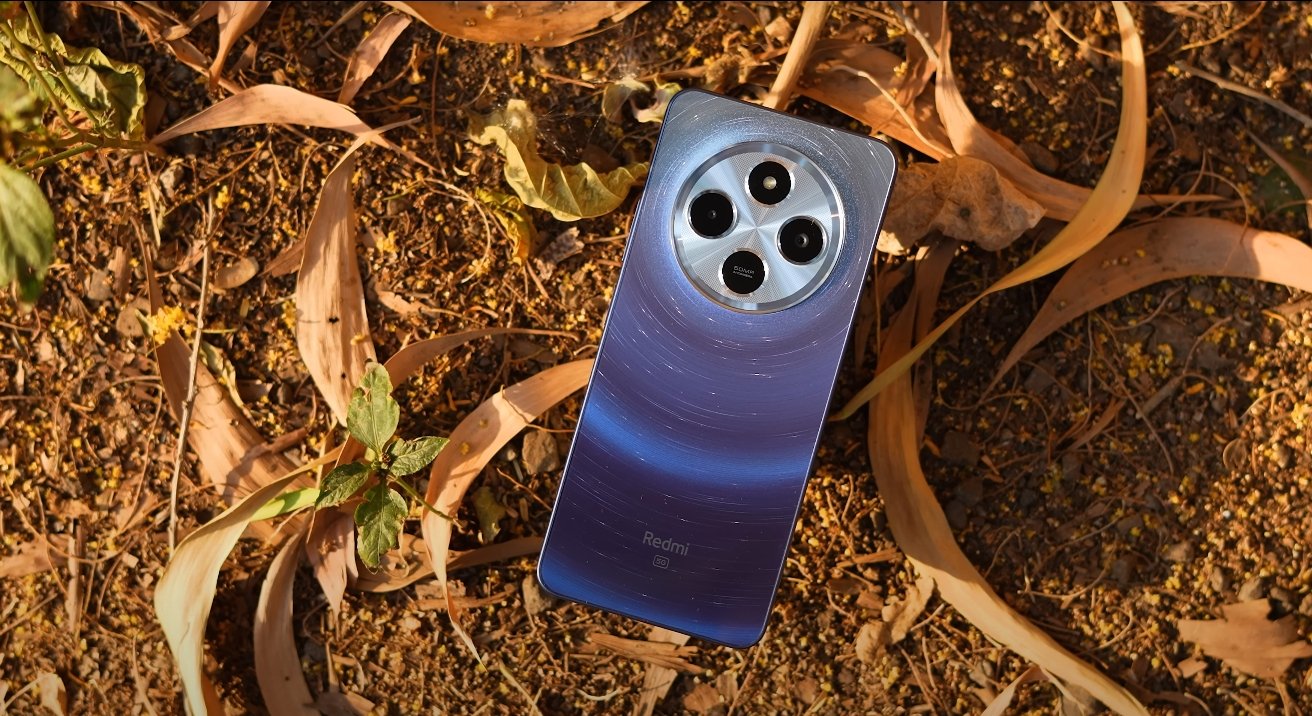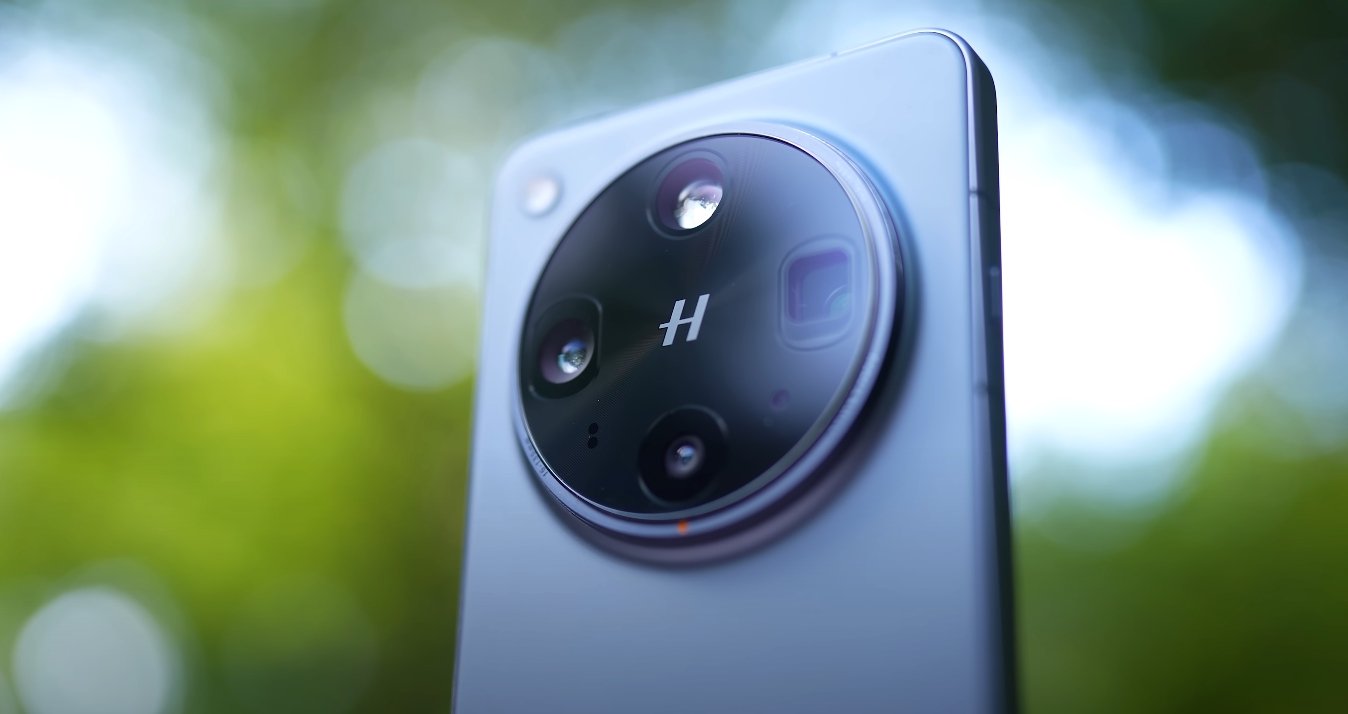Flagship Camera War: Oppo Find X8 Ultra Takes on Vivo X200 Ultra
The camera battle between the Oppo Find X8 Ultra and Vivo X200 Ultra has become one of the most talked-about comparisons of 2025. Both flagships aim to redefine mobile photography with high-end sensors, advanced processing, and new optical technologies. While Oppo focuses on balance and realism, Vivo leans toward detail and innovation in zoom capabilities. This camera shootout compares their performance across various conditions to see which one truly leads in real-world use.
Starting with the primary cameras, the Oppo Find X8 Ultra houses a massive 1-inch 50MP Sony sensor designed for exceptional light capture and true-to-life color reproduction. This large sensor size gives it a natural advantage in dynamic range and low-light clarity. Daytime shots from the Find X8 Ultra are rich in detail, with accurate tones and less noise in shaded areas. The Vivo X200 Ultra, on the other hand, also uses a 50MP main sensor but with a smaller size and slightly higher sharpening in its image processing. Its photos appear brighter and more vibrant but sometimes show signs of aggressive contrast adjustments. The Oppo’s main sensor produces a more natural depth and smoother tonal gradients, giving images a DSLR-like appeal.
In zoom photography, both phones showcase their technical brilliance. The Vivo X200 Ultra features a groundbreaking 200MP periscope telephoto lens capable of delivering extreme zoom levels without heavy pixel loss. This allows users to capture distant objects, architectural details, or wildlife with impressive precision. Oppo counters this with a dual periscope setup — one at 3x and another at 6x optical zoom. The result is a smoother zoom transition and more consistent image quality across different ranges. While Vivo takes the lead in maximum zoom distance, Oppo maintains better sharpness and contrast at moderate zoom levels. For everyday telephoto use, Oppo feels more reliable and natural, while Vivo excels in reaching far-off subjects.
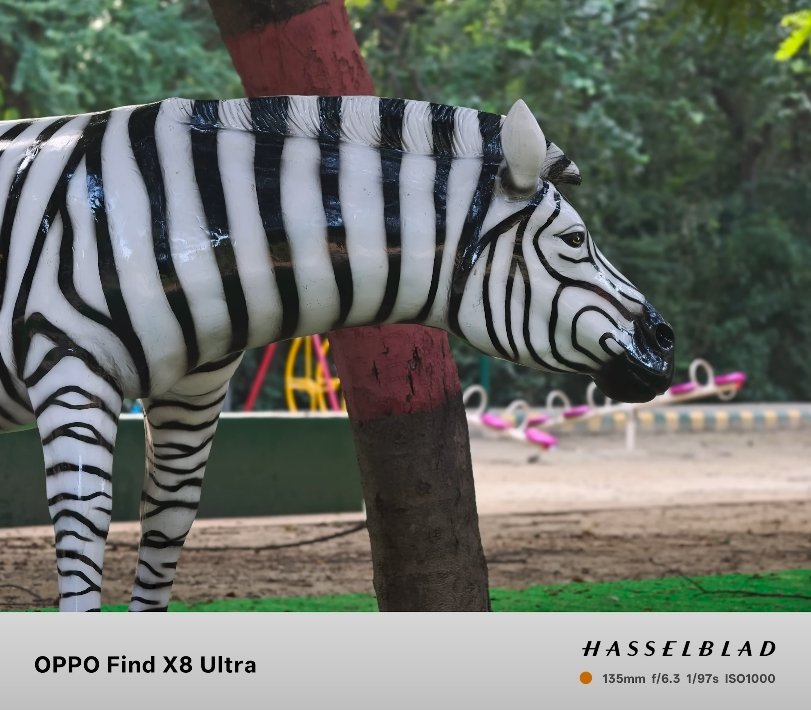
When it comes to ultra-wide photography, both devices bring premium lenses with distinct tuning styles. Oppo’s ultra-wide camera delivers realistic color consistency with minimal edge distortion, making it ideal for landscapes and group shots. Vivo’s ultra-wide sensor captures a slightly wider frame and brighter exposure, but at times, colors can look over-saturated in bright sunlight. For photographers who prioritize realism and color accuracy, the Find X8 Ultra performs more consistently across lighting conditions. Vivo, however, delivers a more dramatic punch that may appeal to users who enjoy vivid results straight out of the camera.
Low-light photography further separates the two devices. The Oppo Find X8 Ultra’s 1-inch sensor captures significantly more light, producing well-balanced images with reduced noise and cleaner highlights. Shadows maintain detail without artificial brightness, and white balance remains accurate under mixed lighting. The Vivo X200 Ultra, though strong in night mode, tends to brighten scenes more aggressively, sometimes losing fine detail in pursuit of a more striking look. Oppo’s night photos look more natural, whereas Vivo’s are brighter but sometimes less refined. In handheld night shots, Oppo’s optical stabilization also seems to provide steadier results with sharper focus.
Video recording is another major test for flagship cameras, and both devices perform admirably. The Find X8 Ultra supports 4K recording at high frame rates with excellent stabilization. Its AI-based scene detection automatically adjusts exposure and color tones when moving between bright and dark areas, ensuring smooth transitions. Vivo’s X200 Ultra offers strong zoom video performance, letting users switch lenses seamlessly during recording. However, Oppo’s color balance and dynamic range make its videos look more cinematic, especially under challenging lighting. Audio clarity is slightly better on Oppo’s microphone system, providing a cleaner sound profile for vloggers and content creators.
Selfie performance follows a similar pattern. Oppo’s 32MP front camera delivers realistic skin tones and good dynamic range, while Vivo’s 50MP front camera focuses on high resolution and detail. In bright light, Vivo’s selfies appear sharper but sometimes overexpose the background. Oppo’s front camera handles exposure better, keeping faces natural even under harsh sunlight. For social media use, both perform well, but Oppo’s tuning offers a more balanced and flattering appearance.
In terms of color science and overall consistency, Oppo aims for precision and realism, while Vivo leans toward boldness and vibrancy. Oppo’s processing feels more cinematic, producing photos ready for professional editing. Vivo’s output is more dynamic, appealing to those who want striking results straight out of the gallery. Both approaches are impressive, but they cater to slightly different audiences.
Overall, the Oppo Find X8 Ultra emerges as the better all-rounder for serious photographers and videographers who value natural tones, dynamic range, and stability. The Vivo X200 Ultra, with its massive zoom and detailed sensors, is a great choice for users who love experimenting with distant subjects and vibrant styles. In this flagship camera shootout, Oppo wins on balance and realism, while Vivo shines in innovation and range. Both stand as powerful testaments to how far mobile photography has come in 2025.
Also Read: Vivo X300 FE retail pricing leak aligns with USA expectations
